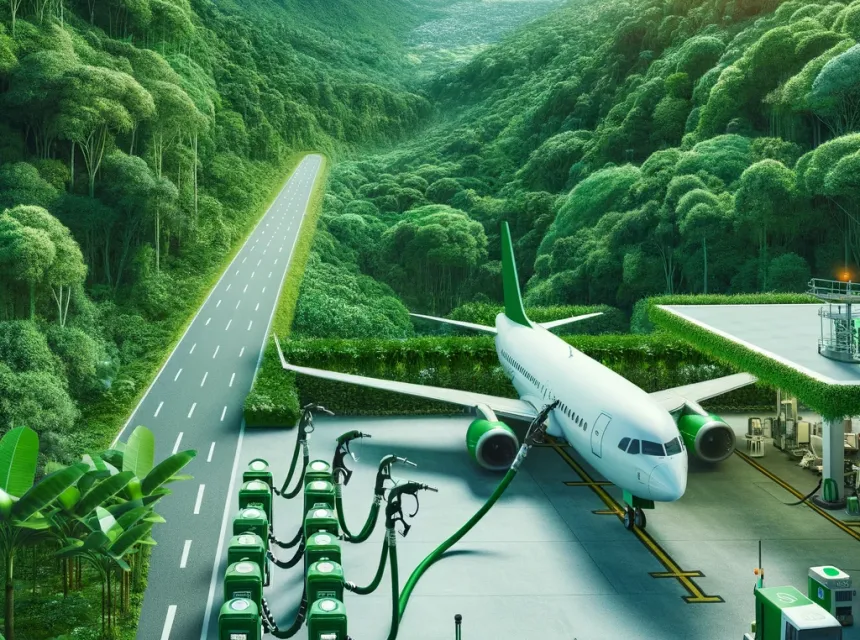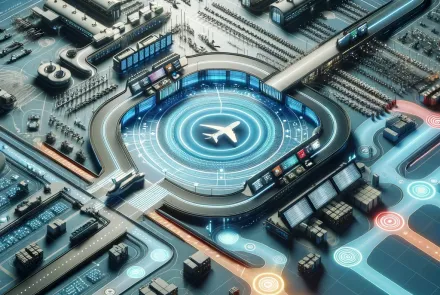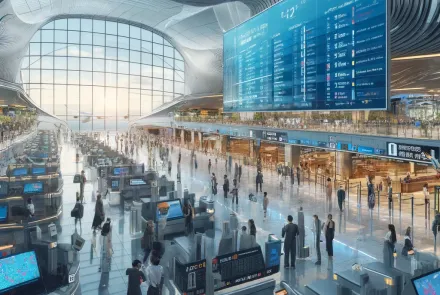Sustainable Aviation : Innovations Driving the Green Revolution in the Airline Industry
As global awareness of environmental issues grows, the airline industry has increasingly prioritized sustainability. From the early 2000s to today, significant innovations have been made to reduce the environmental impact of air travel, leading the way towards a greener future.
- Early 2000s: Initial Steps Towards Fuel Efficiency: In the early 2000s, airlines began to focus on improving fuel efficiency to reduce their carbon footprint. This period saw the development of more efficient jet engines and the implementation of fuel-saving operational procedures, such as optimized flight paths and reduced taxiing times.
- 2010s: Advancements in Alternative Fuels: The 2010s marked a significant shift towards sustainable aviation fuels (SAF). Research and development efforts led to the creation of biofuels that could be used in commercial aviation. Initial flights powered by SAF demonstrated their viability and potential to significantly reduce carbon emissions.
- 2020s: Breakthroughs in Sustainable Technologies: The current decade has witnessed remarkable advancements in sustainable aviation technologies. Electric aircraft, which produce zero emissions during flight, are becoming a reality. Hydrogen-powered aircraft, with the potential to revolutionize the industry, are also under development. Innovations in aircraft design, such as the use of lighter materials and improved aerodynamics, further contribute to fuel efficiency and emissions reduction. Airlines have increasingly adopted carbon offset programs and other sustainability initiatives to mitigate their environmental impact.






